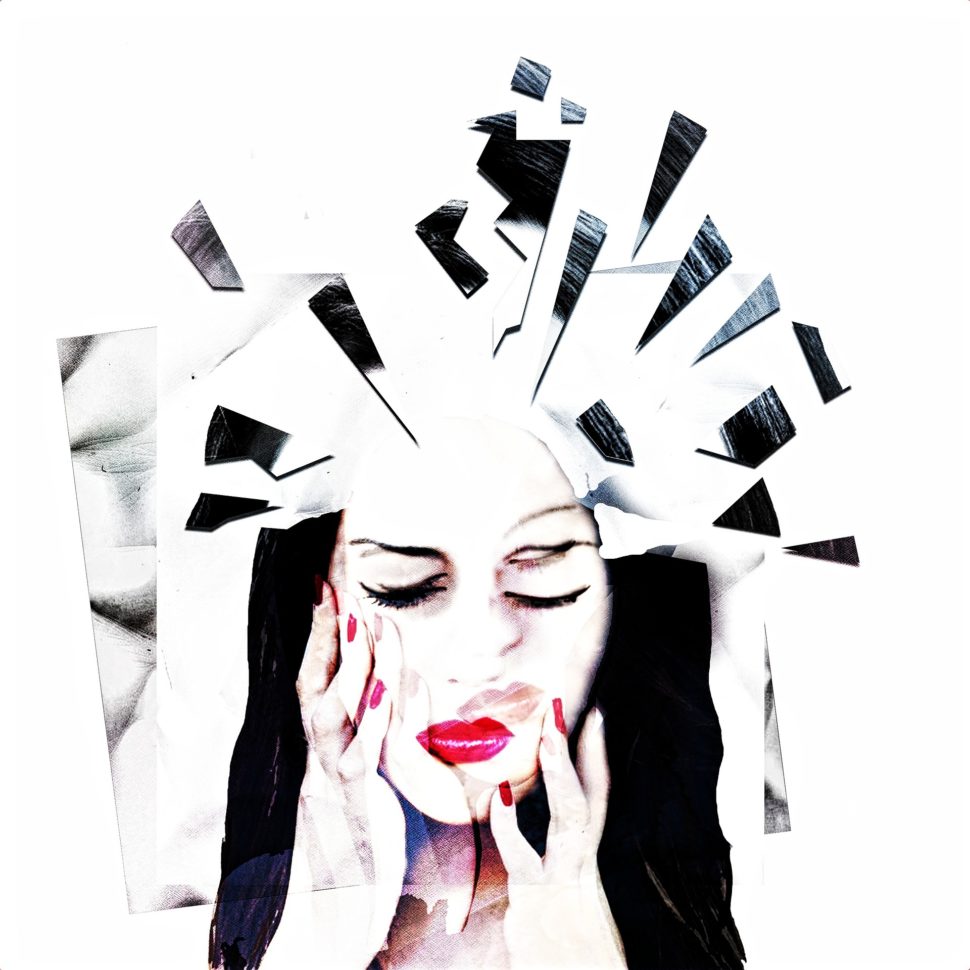A new therapy proposes bringing schizophrenic patients face to face with digital avatars embodying their auditory hallucinations.
Jerry Hickfang lives in a small town in Massachusetts where he works in a bathtub factory. Everything is going well in his rather ordinary life, as long as he remembers to take his meds.
This is the premise of the 2015 black comedy movie Voices starring Ryan Reynolds.
Jerry is at the mercy of hallucinatory voices impersonated by his pets: the evil and violent cat, Mr. Mustache, and the well-intentioned dog, Bosco.
'Avatar Therapy' helps schizophrenic patients deal with hallucinatory voices.Click To Tweet
The two voices, reflecting the clashing sides of Jerry’s schizophrenia, led to some jarring tonal shifts that carry the narrative. Dark twists aside, interacting with his inner voices through his pets was Jerry’s way to cope with his condition.
As we discussed in a previous article, new developments in managing schizophrenia and other mental illnesses have been proposed in recent years, such as approaching these illnesses as a biological and genetic issue that could possibly be resolved through the use of CRISPR treatments in gene therapy. However, as with all aspects of gene therapy, these methods are likely to not be released for a number of years, if not decades.
Today, however, new research suggests that dealing with auditory hallucinations via digital avatars could help patients better manage this side manifestation of schizophrenia and other related conditions.
Where do “Schizophrenic Voices” Come From?
The prevalence rate of schizophrenia is estimated to be about 1% of the world’s population or over 70 million people including 3.2 million Americans (1.2% of the U.S. population).
One of the most confusing symptoms of schizophrenia is auditory hallucinations. The patient has either the impression of hearing inner voices or that external voices address them with direct instructions.
Over 70% of patients diagnosed with schizophrenia report experiencing auditory verbal hallucinations. In other words, one of the most common and distressing symptoms of schizophrenia is hearing disembodied voices that can be threatening at times.
This symptom was, until recently, poorly understood and difficult to treat. Could these tormenting auditory hallucinations be linked to a physiological anomaly?
Last summer, a team of psychiatrists at the European College of Neuropsychopharmacology announced that they had finally managed to identify an anatomical brain abnormality that could explain the occurrence of auditory hallucinations.
ECNP researchers also said their trials showed that targeting this area with magnetic pulses (Transcranial Magnetic Stimulation) significantly reduces the occurrence of auditory verbal hallucinations.
Most recently, another research team suggested “avatar therapy” to help schizophrenia patients get rid of hallucinatory voices.
Avatar Therapy: Putting a Face on Auditory Hallucinations to Shut Them Down
Researchers at King’s College London have been working on the experimental “Avatar Therapy” for years and have unveiled the results of their work in a study published on Nov. 24, 2017 in The Lancet Psychiatry journal.
This Avatar Therapy helps people who suffer from schizophrenia to customize the distressing voices they hear as computer simulations to better face them. The central aspect of the study focuses on the issue that many sufferers of auditory hallucinations feel that they have lost control of their own thoughts and feelings, leading to these voices manifesting themselves as sources of stress, powerlessness, and anger. This therapy would supposedly give control back to the patients, allowing them to face and challenge these voices in a beneficial and productive environment.
The avatars themselves are voiced by a therapist who interacts with the patient until they dominate the voices.
Here’s a video of Tom Craig, Professor at King’s College London and author of the study, performing an avatar therapy session.
The therapy was tested on 75 patients with schizophrenia for a 12-week trial, with a control group of another 75 patients following supportive counseling. Both groups continued their antipsychotic treatment as usual.
By the end of the trial, patients in the Avatar Therapy group reported that the voices became less stressful and less frequent for them compared to patients in the control group, with seven saying that they had completely stopped hearing voices.
These first results are promising and suggest that confronting digital avatars manifested as auditory hallucinations could be a therapeutic avenue for schizophrenia and other psychotic disorders.
We here at EdgyLabs think that this approach could be dialed up a notch using VR headsets to let patients explore different forms of hallucinations such as visual, gustatory, tactile and other facets of altered perception.

















Comments (0)
Most Recent